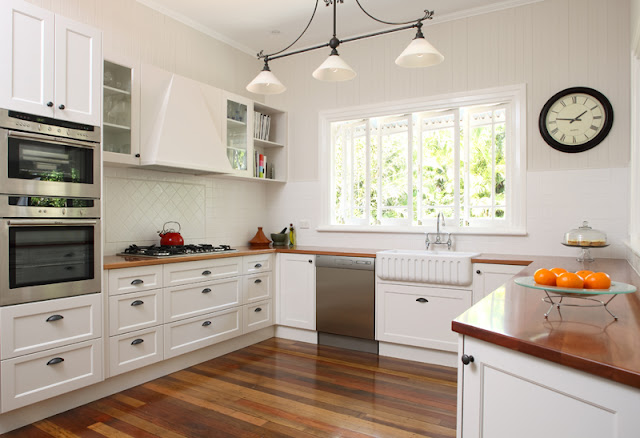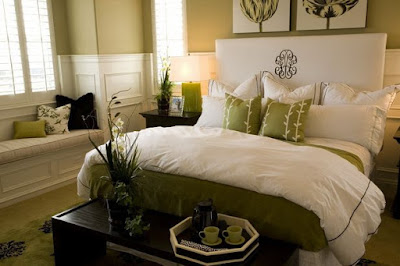About Colonial Kitchens
The Facts
Colonial women cooked over a big open fireplace rather than a stove. Preparing the meal took a great deal of physical effort. They had to carry the heavy buckets of water and kettles of food and bring in the logs for the fire. It was also a very dirty job, with the smoke blowing in their faces, singeing their hair, scorching their clothes and burning their faces. The early colonists did not have matches. At night, the ashes were covered, so there would be live coals the next morning. Only the more well to do settlers had bellows to blow the live coals into a flame. Most other people had to get down on the floor level and blow the hot coals. If that did not work, it was a long walk to the neighbors to borrow some hot embers.
Women also butchered fowl, smoked meat, made butter and cheese, sewed and repaired clothes, spun yarn and cloth, made soap and preserved vegetables.
Identification
The colonial kitchen had a lot of utensils and gadgets, and some are still used today. The large dinner pot or kettle that hung on a crane over the fire was one of the most important utensils. It could often hold up to 10 gallons of liquid or food and weighed over 20 lbs. The pot was usually filled with stews made from meat and vegetables.
Some of the meats were cooked right on the coals in a three-legged skillet (called "spider") or roasted over the fire on a spit. Women would hang some birds or meat in front of the fireplace and turn them on a regular basis. Benjamin Franklin even invented a mechanical turner in 1740.
The kitchen also could include a long-handled frying-pan, griddle pan for hotcakes, and a bake-kettle or oven with a closely fitted cover. The mixing and table utensils were usually homemade out of wood. Pewter, silver and glassware were not used very often. Usually there were spoons for eating and knives for cutting the meat, but few forks.
In most cases, the fireplace had a brick oven that opened to the chimney and was kept closed with a heavy iron door. The baker would build a fire inside the oven from dry oven wood, which burned for 2 to 4 hours until the bricks were hot. Then the baker determined the oven's temperature by feeling the heat coming from the opening. It was not unusual to see a woman without hair on her arms because it had been singed off by the heat. When the baker decided the oven was hot enough, the coals and ashes were removed and the oven was filled with pies, breads or other baked goods. Once the food was baked, it was removed from the oven with a long-handled wooden spatula called a "peel" or "slice" (like the one used today in pizza restaurants).
Some colonial homes had separate smokehouses for smoking and storing meat. The larger ones would be shared by several families. Smoking preserved the meat so it would last longer.
Function
People ate a great deal of fresh fruit and vegetables, depending on the season. They also ate meat, chicken and seafood once or twice a day. Families stored food and sometimes smoked meat in the cellars. Sugar was very expensive, and milk was saved for the infants. Tea and cider were popular for people of all ages. Since milk was a luxury, men often drank beer, even for breakfast!
Settlers young and old loved cooking corn in many different ways. Those who lived a distance from grist mills ground their corn either with a hand mill or a mortar and pestle. This mortar was a large block of wood, which had a burnt hole at least a foot deep. The pestle was a long and round stone that weighed up to 12 lbs., or a long and rounded block of wood.
Misconceptions
It is often said that colonial women died when their clothes caught on fire while they were cooking near the large fireplace. However, some historians say this is a myth. They explain that the women usually wore natural materials, such as linen or wool. Neither of these are easy to catch fire. Their clothing would smolder and smoke first, and the cook would know a fire is brewing before it became too serious. Of course, it was never safe to have an open fire when children are around, so it was very important to watch the youngsters when they were near the open hearth.
There were many other dangers for the colonists, such as starvation, illness and wild animals. Cabin fires were also quite common, and cooking eventually was done in a separate area from the house to reduce the danger of burning down the house.












Comments
Post a Comment